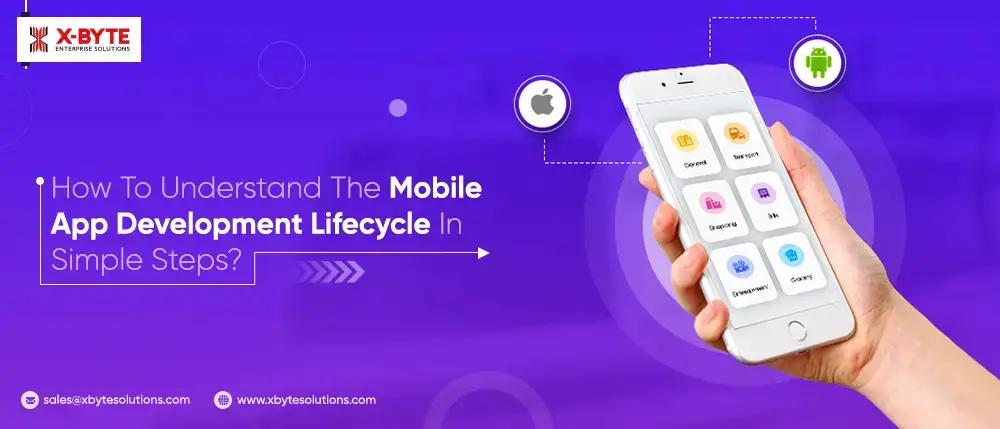What Is The Lifecycle Of A Mobile Application Development?
The design of a mobile app usually consists of two parts: the front end and the back end, which includes APIs and a database server. Front-end development for mobile apps. This is frequently thought of as the development of a mobile app.
Inception
The growing penetration of smartphones has led to a huge growth in the number of apps available in app stores. Because of the ease of using a mobile device, organizations and brands have been pushed to employ apps to reach and engage their intended audience.
Knowing how to proceed with the mobile app development life cycle (MADLC) will assist you to get it right the first time if you're also intending to design an app for your target audience. It will also assist you in determining what you require and what to expect during the design phase. The MADLC resembles the software development life cycle in many ways.
What Are The Phases of Mobile Application Development LifeCycle Process?
Let's discuss each of the steps in the mobile app development lifecycle in detail.
1. Identifying Strategy, Goals, Plans and Conducting Market Exploration
You must have a clear plan with well-defined goals before beginning the development. The first stage is to collect data that will assist you to determine the type and function of your application.
What are your goals for using the app? What industry trends are influencing your decision to create an app for your brand or business? What impact will the app have on your target audience's engagement? What market category are you aiming for? Answer these questions honestly and objectively, as they will form the cornerstone of your app development process, whether you're outsourcing or doing it in-house.
During this stage, you will find out:
-
Determine who is using the app.
-
Examine the competition.
-
Identify the app's objectives and aims.
-
Choose a mobile display place for the application.
Mobile apps usually charge between $150,000 and $200,000 and take four to six months to design. Your plan aids in concentrating your ideas on a clear image of your app concept. With this in mind, you're ready to move on to the next stage of the mobile app development process.
2. Analysis of Conceptual Model
Throughout this step, you must create a distinctive app concept that will stimulate your target audience's interest. Checking out some of the top apps in a certain app store is a smart habit to get into. Examine how they work and what they're doing properly. You must also be certain of the following:
-
How will you stay one step ahead of the competition? It would be ideal if you could provide something exceptional to your intended audience that none of your competitors can. Concentrate on the distinctive features of your apps.
-
Is your notion in line with your company's goals? Your main goal should be to take your company to the next level. You should be able to make a clear connection between your app concept and your company.
-
Is the app concept concentrated on the customer? Make sure your app concept meets your clients' demands.
Furthermore, your proposal should be rational and simple to implement. Evaluating the talents required for your app development endeavor is a part of the decision-making step. The mobile platforms iOS and Android, for example, have separate development technological frameworks. If you want to create a mobile app that works across iOS and Android, your mobile development team should comprise both iOS and Android programmers.
Did you opt for a name for your app? Like domain names, mobile app names must be distinctive inside each app store. Verify each app store to confirm that your app's name isn't still taken!
3. Designing An App
This is the point at which the creative process starts. Here you can create rough sketches and designs for your app's many displays and functionality. While doing this, you should have a keen eye for detail. The visual aspects of different app elements should be in sync and contribute to the overall customer experiences.
Compression Algorithms & Interface Design
The first phase in the smartphone app development process is to figure out what data your app will show users, what statistics it will gather, how users engage with the finished product, and how users will navigate the app.
Corporate smart phones include users with participating nodes and privileges, and it's critical to include these principles in the interface design of the app. Process models aid in the identification of every potential link a user has with the app, as well as the maintain infrastructure of the app.






